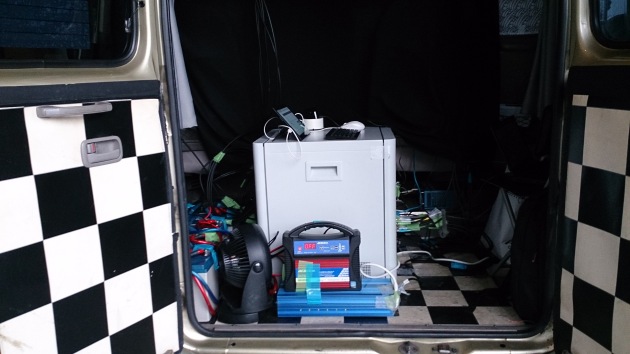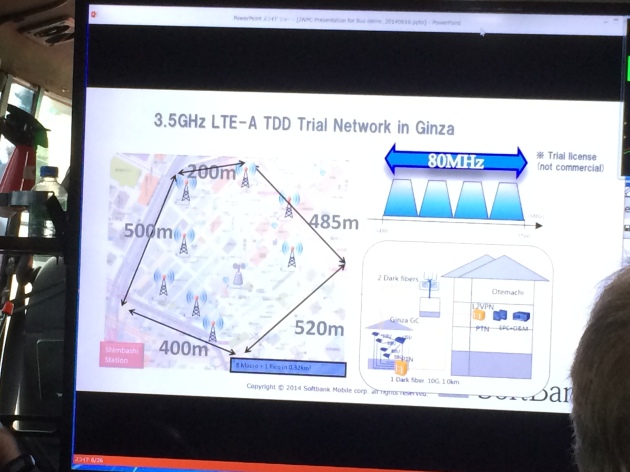![]() The 3 GHz frequency bands stands at the upper limit of what is considered today as viable spectrum for mobile communications. But bands 42 (3400 – 3600 MHz) and 43 (3600 – 3800 MHz) are not only the ‘last frontier’, but more importantly, they provide the widest spectrum of any other band (200 MHz). Additionally, the relatively short wavelength is perfect to enable advanced antenna system technologies based on beamforming and massive MIMO techniques. Couple these with the limited range of propagation that limits interference and the 3.5 GHz band becomes an interesting proposition for capacity starved operators.
The 3 GHz frequency bands stands at the upper limit of what is considered today as viable spectrum for mobile communications. But bands 42 (3400 – 3600 MHz) and 43 (3600 – 3800 MHz) are not only the ‘last frontier’, but more importantly, they provide the widest spectrum of any other band (200 MHz). Additionally, the relatively short wavelength is perfect to enable advanced antenna system technologies based on beamforming and massive MIMO techniques. Couple these with the limited range of propagation that limits interference and the 3.5 GHz band becomes an interesting proposition for capacity starved operators.
To highlight the possibilities, Softbank undertook a demonstration of LTE-Advanced capabilities in 3.5 GHz as part of an IWPC industry event focused on energizing ecosystem activities and products in 3.5 GHz. The test setup included 8 macrocells and one small cell in the Ginza district of Tokyo. The base stations operated 4 carriers of 20 MHz each in carrier aggregation mode for a total of 80 MHz. The base stations featured a 4×4 MIMO antenna system and the physical layer supported 256 QAM modulation scheme. All base stations were backhauled through fiber to a central location which hosted the baseband units in Cloud RAN configuration. This allowed a joint-transmission CoMP technique to kick in. The result: 1 Gbps in peak downlink throughput.

The setup featured 4-carrier aggregation, 4×4 MIMO, 256-QAM and coordinated multipoint enabled by Cloud RAN architecture.

The receiver will get smaller. What is interesting is new antenna innovations to pack 4 antennas in a smartphone as developed by SkyCross.
Leaving the peak number aside, the demonstration highlighted the viability of using the 3.5 GHz is in mobile networks at both the macro and small cell layers. This is critical for the Japanese market where up to 120 MHz is expected to be released later this year to all three carriers for use in mobile broadband services. China will follow, but I expect it will be a couple of years before any serious push is made there as carriers need to prove utilization of recently assigned spectrum in lower band. The wild card remains the US where spectrum sharing licensing scheme is under development: what to do about the wide exclusion zones for different type or radars (especially shipborne littoral radars) is a critical topic with spill-over effect into adjacent bands such as the non-exclusive licensed 3.65 GHz. Finally, Europe already has licensed this band to many operators that deployed WiMAX, but since then have been moving to deploy LTE services like UK Broadband which has launched LTE (branded ‘Relish’), and Linkem, Imagine and Bollore who are in the process of migrating to LTE.
Putting all this into a perspective, the 3.5 GHz market is best characterized as being divided between operators who are aggressively pursuing a mobile strategy like SoftBank, and ones that find a niche in differentiated broadband service like UKBB. The ecosystem caters today to the latter set while more effort is required to cater to the former. Having a business case based on dongles and desktop CPEs is very different from one that integrates an additional mode (TDD) and band (3.5) into a smartphone. But with operators such as SoftBank leading the charge, the vision for how the 3.5 GHz band will be used is already getting defined and is consequently set to increase the value of this band.

